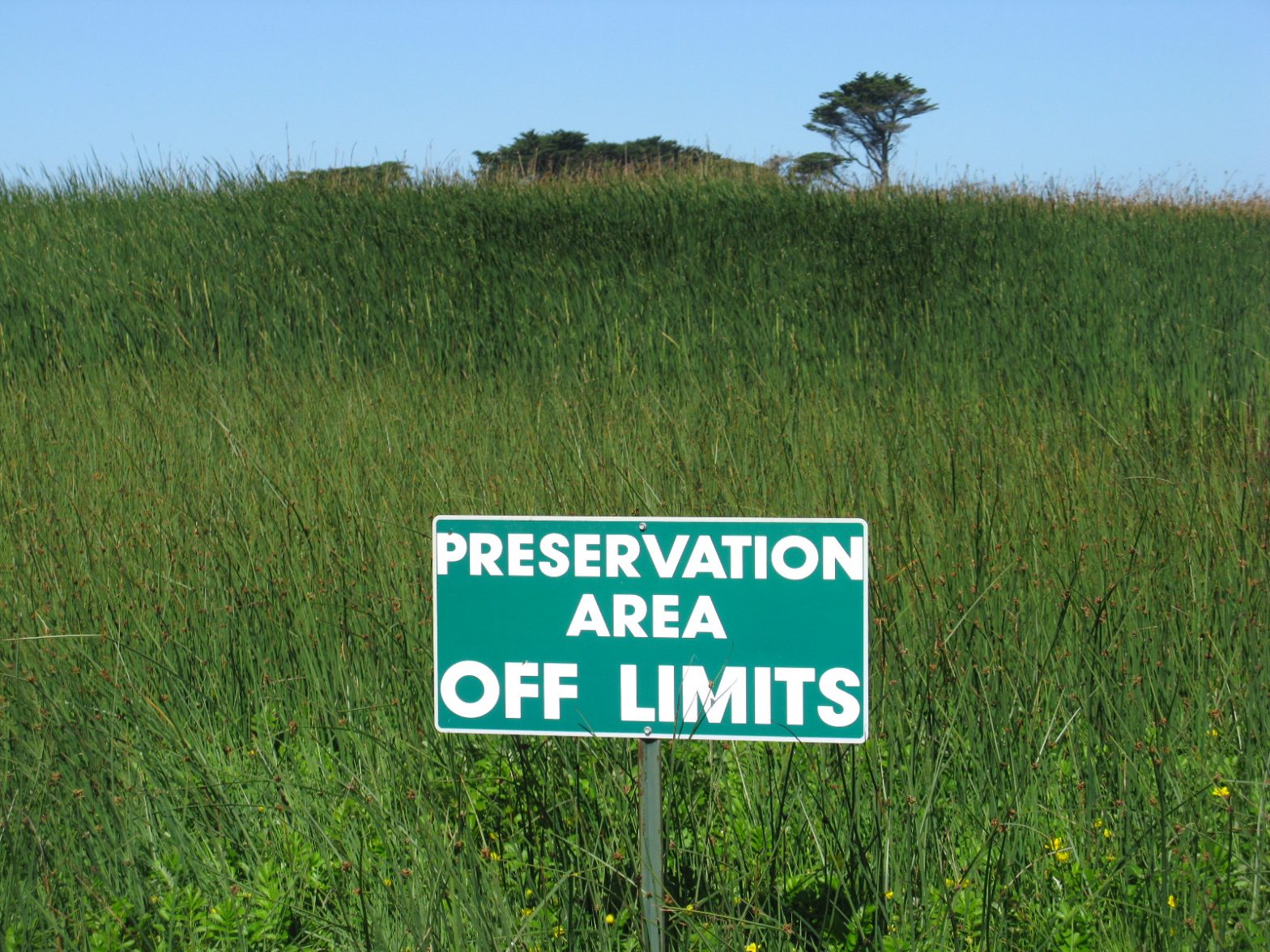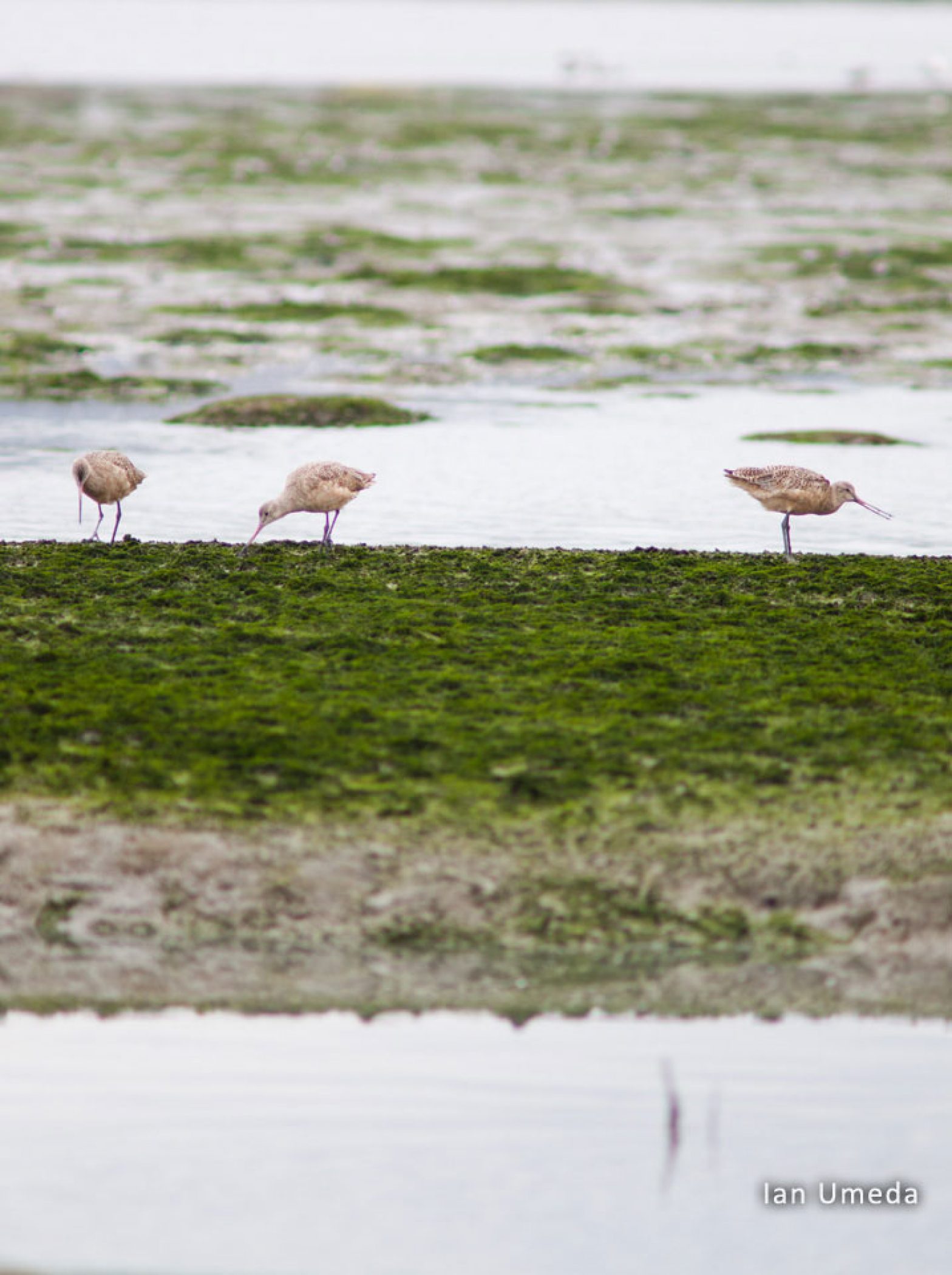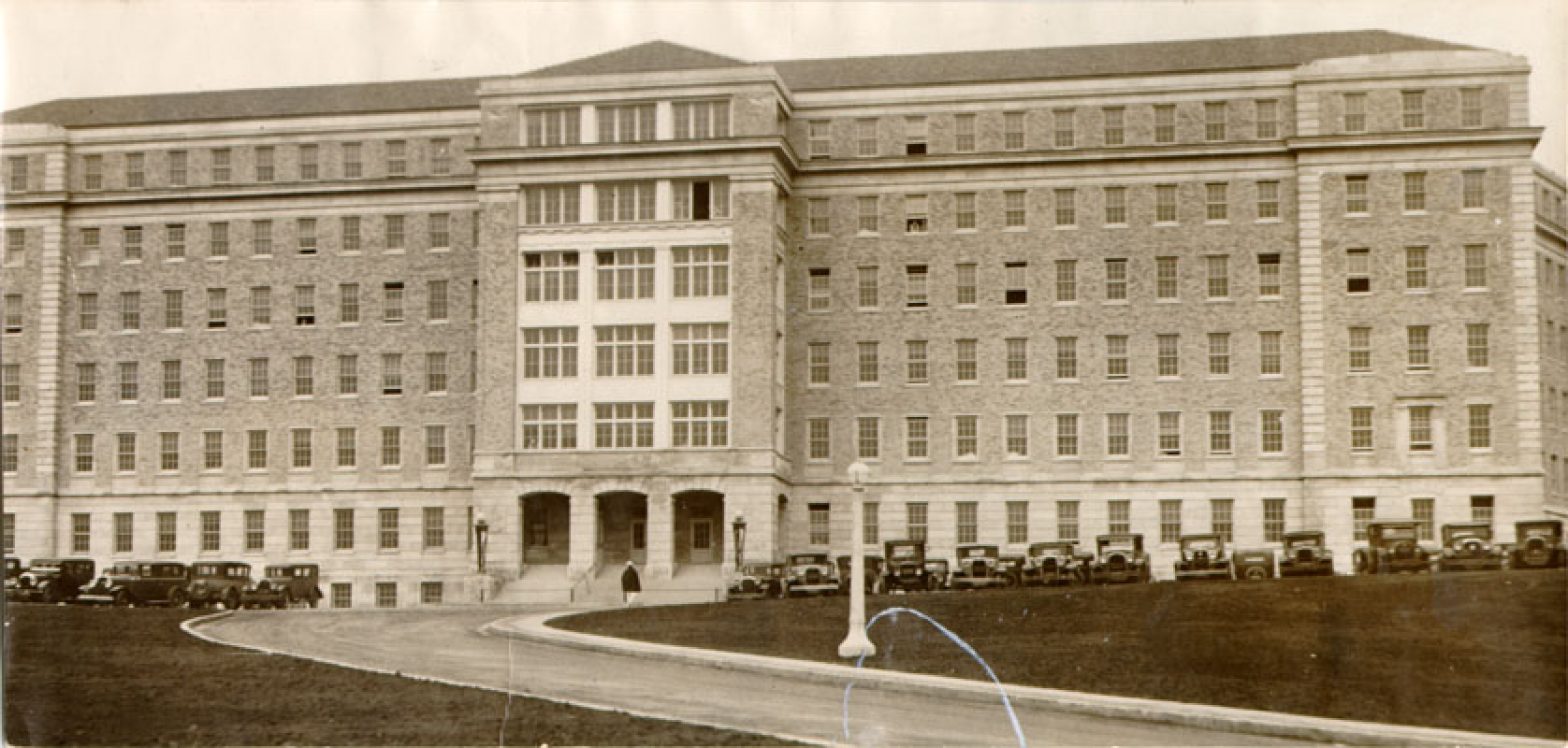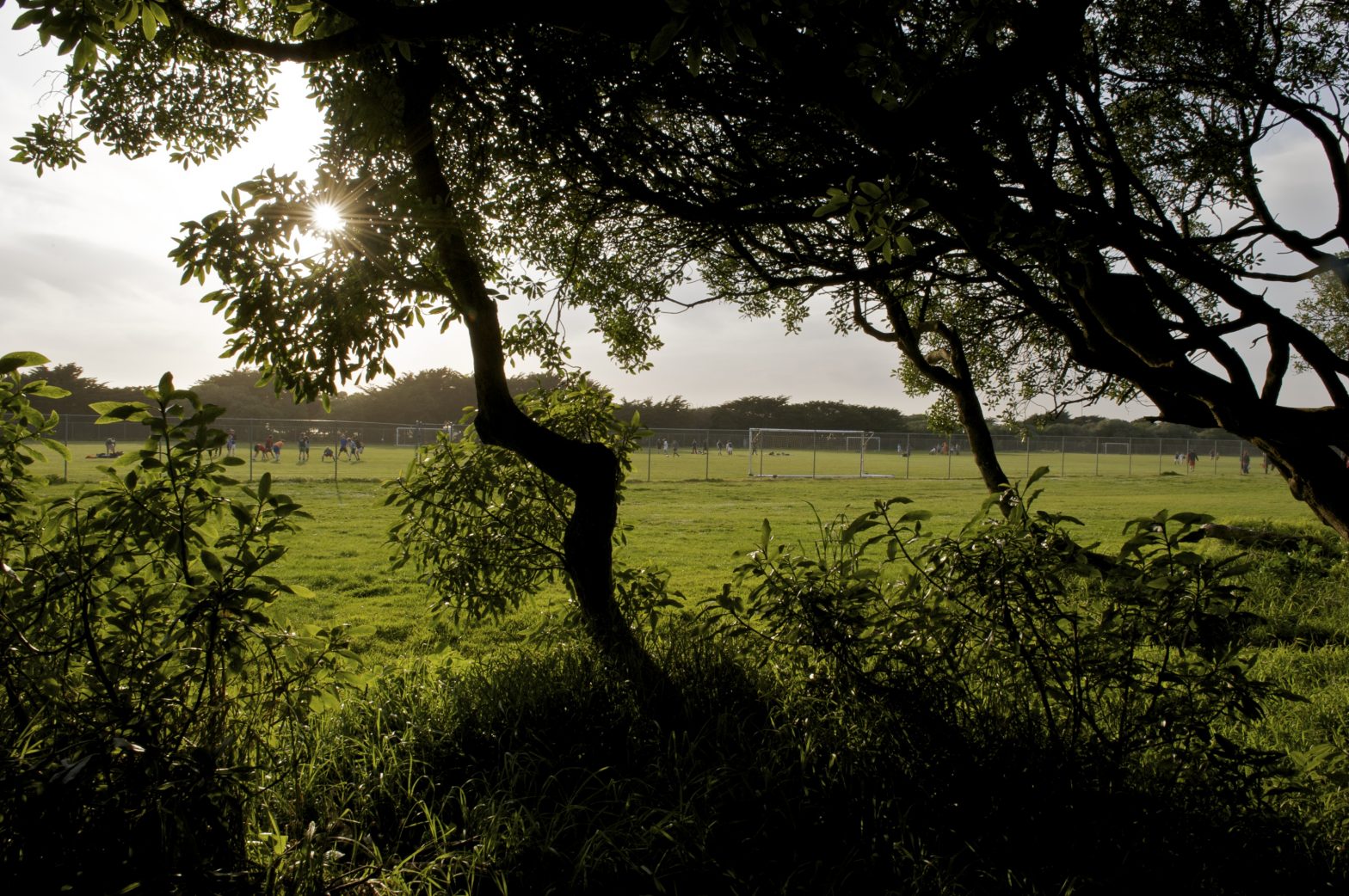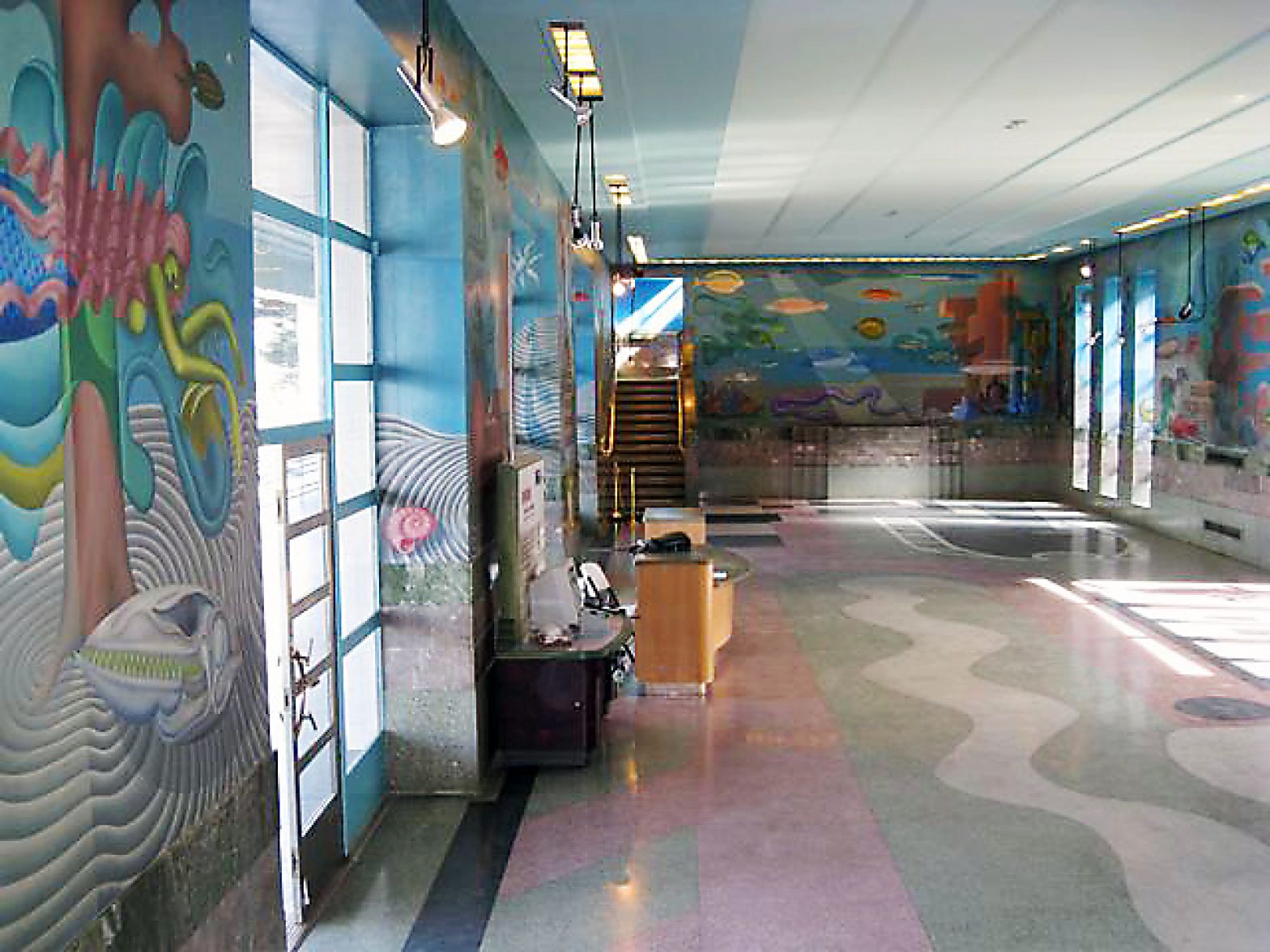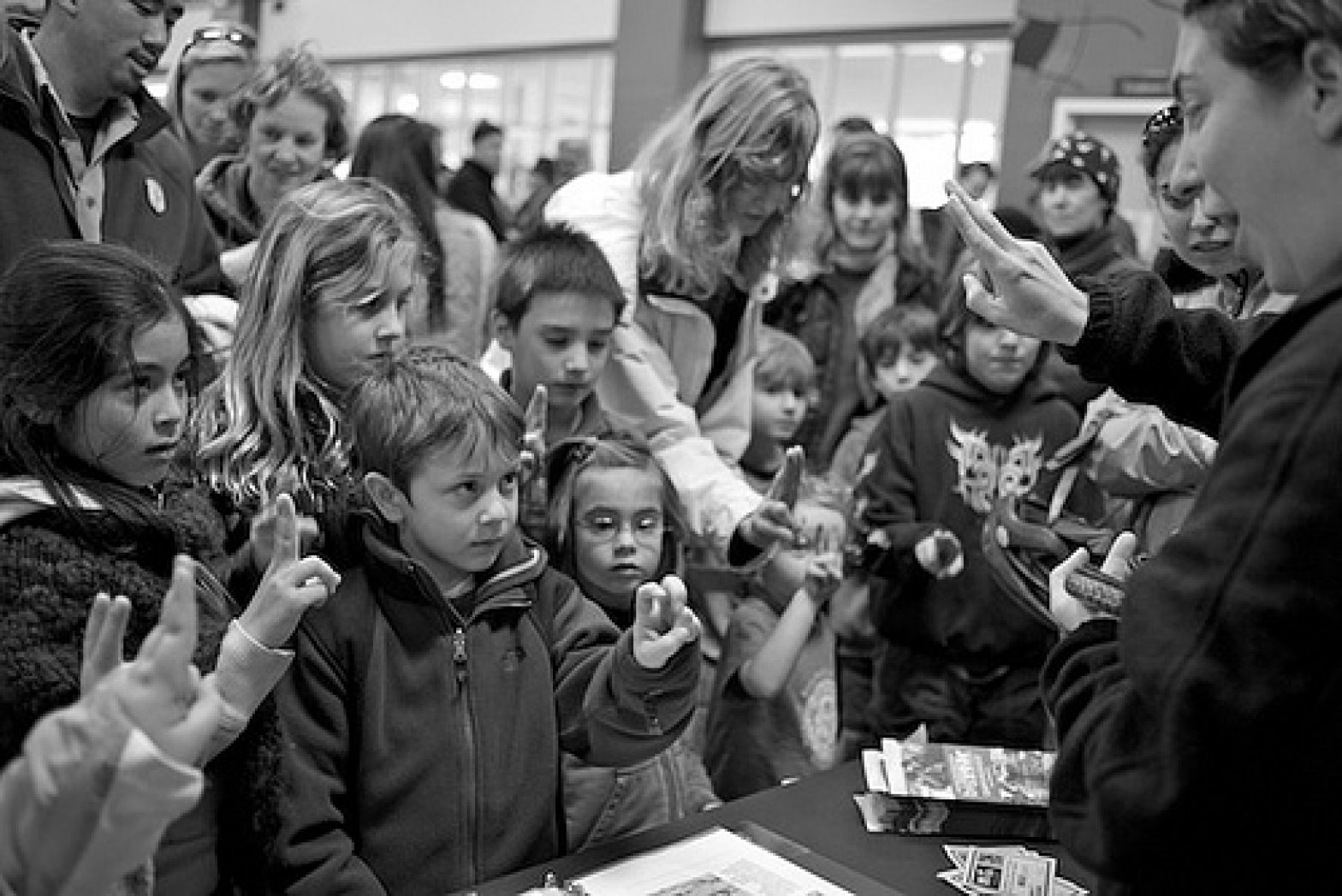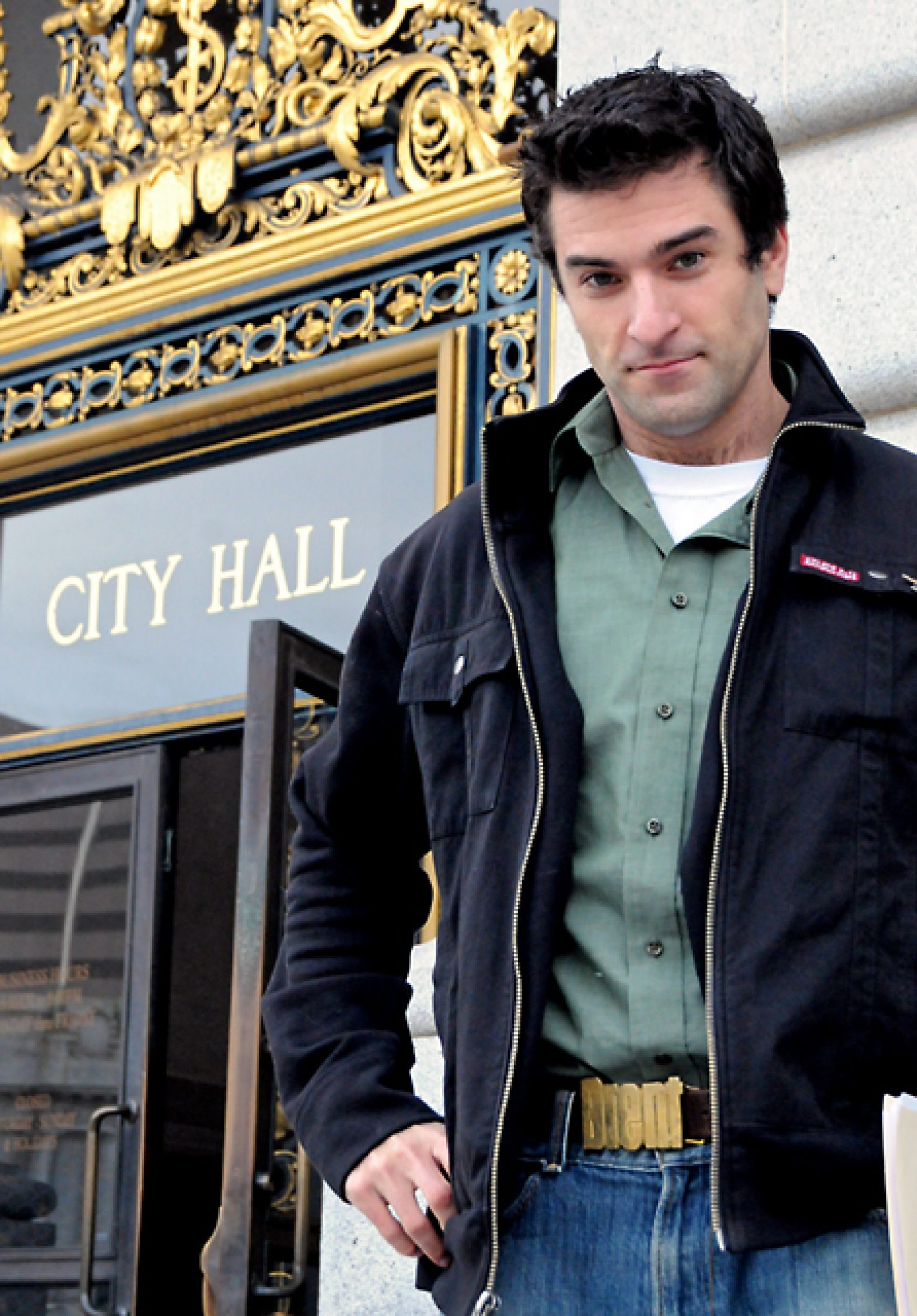Arts & Culture
New San Francisco biodiversity push could come too late for golf course critters
Public debate about the plight of protected species on a San Francisco-owned golf course in Pacifica has refocused attention on the city’s commitment to safeguarding natural diversity. In late May, the San Francisco Department of the Environment adopted its first biodiversity plan, which would make it city policy to protect rare plants and animals. The idea that San Francisco could do more to protect biodiversity is gaining momentum among city officials, a movement that could change debates on land use. A proposal that Supervisor John Avalos floated last month would turn the Sharp Park golf course over to the National Park Service. His plan was a reaction to environmentalists’ sustained push to aid federally protected species that live there, the San Francisco garter snake and the California red-legged frog.
